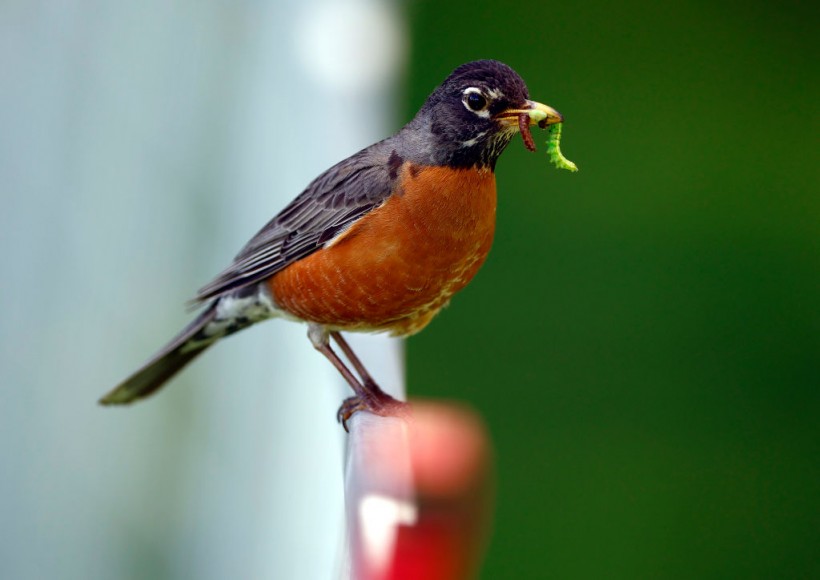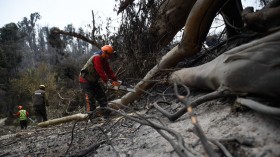Sibling rivalry is a rather regular occurrence in birds in the animal kingdom, typically taking the form of fighting for food from parents.
This rivalry can occasionally result in death, although siblicide nearly always happens while the young remain in the nest.
Canada jays deadly battle
 (Photo : Vaughn Ridley/Getty Images)
(Photo : Vaughn Ridley/Getty Images)

Sibling disputes point to a trade-off between resource rivalry and the advantages of being related by blood, as per Phys.org.
Despite sibling rivalry, juveniles in many species have the option of remaining in the home territory or moving to look for a new home.
However, after leaving the nest, Canada jay siblings will compete with one another for control of their home range. They must depart if they lose.
The cost of ejecting siblings is being measured for the first time in this study on sibling conflict in wild animals.
Close relatives who may help pass on the family genes are sent into exile, where they have a high chance of dying, as a price for being expelled.
Behavior of Canada Jays
Canada jays are permanent residents of the boreal woods of North America, and they depend on food reserves to get them through the winter.
One or more siblings may be expelled from the family area after youngsters have fled the nest in only two known species, the other being closely related Siberian jay.
The evicted siblings in the instance of Canada jays do not all perish.
The majority of ejectees (weaker siblings) who survive are adopted by unrelated adults, despite the fact that they have reduced survival rates throughout their first summer, according to research.
The costs of expelling siblings certainly exist for dominant juveniles, but studies have shown that these costs are outweighed by the advantages of increased first-year survival and long-term reproductive success.
Also Read: Jays Might Be Responsible for Planting Half the Tree Population in England's Woodlands
Conflict produce competitive expulsion
The position of a species in an ecosystem is called a niche.
The food sources, predators, habitat requirements, effects on other living things, and environmental effects are all part of a species' niche, as per Study.com.
The community's many species must each establish a space for themselves. It is impossible for two species to coexist in the same ecological niche. The cause of this is competition.
A species' niche cannot exactly match that of another species in the environment, according to the competitive exclusion.
This states that if two or more species coexist in an environment and occupy very similar niches, ultimately one of the species would outcompete the others and drive the others to extinction.
Canada Jays win home territory
The choice to expel ejectees from their native territory has a significant cost for Canada jays.
According to research, a dominating juvenile's chances of surviving their first year and having more fruitful reproduction as an adult are better if they remain the only offspring at home.
This is probably due to the fact that the dominant juvenile doesn't have to move, can live in a group during its first year of life, and is already used to the habitat wherein it can stockpile food for the winter.
The ejected siblings in the case of Canada jays don't all pass away. The majority of ejectees who survive are adopted by adults who are not related to them, according to research, despite the fact that they have reduced survival rates throughout their first summer.
With parents who didn't have young of their own, as researchers observed youngs.
Only a small percentage of them stayed alone or found a partner to reproduce within the first year.
Related Article: Birds 'Weigh' Their Options When Choosing Nuts
© 2024 NatureWorldNews.com All rights reserved. Do not reproduce without permission.





